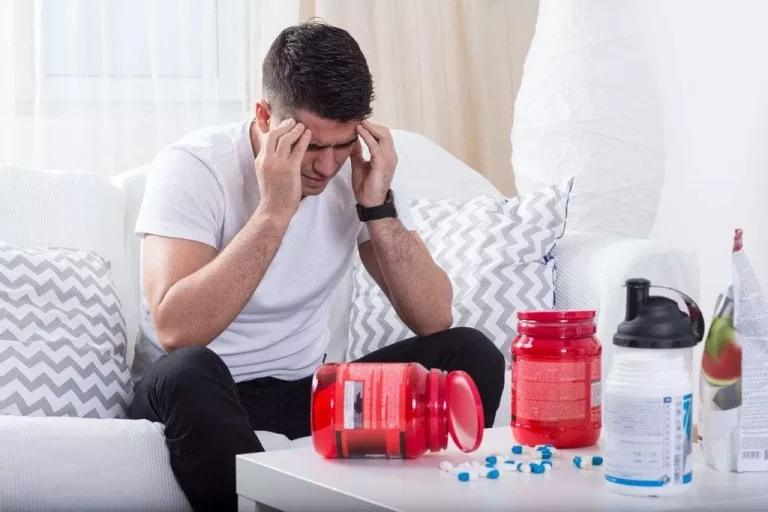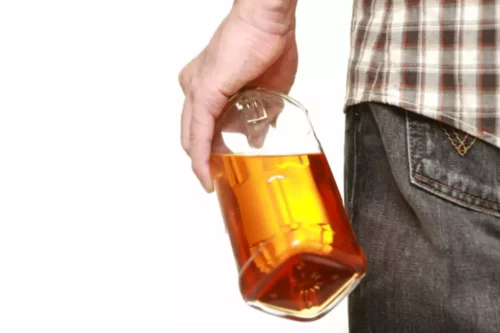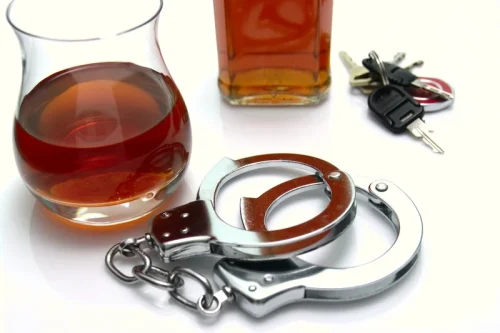
There are several neurobiological and psychological theories proposed to explain the relationship between alcohol use and suicide. Alcohol affects neurotransmitters, which are the chemical messengers such as GABA and serotonin that help regulate mood. In clinical contexts, patients often avoid mentioning their suicidal ideation, but they are more willing to discuss it if the doctor asks specific questions about their suicidal intentions. Therefore, giving information and training to general practitioners and nurses may have an enormous impact on how the patients at risk are evaluated and managed. This may be useful also for teachers, parents, relatives and all those who come into contact on a regular basis with at-risk individuals.

Childhood trauma (e.g., physical or sexual abuse) is a particularly significant early risk factor for suicide [159] and is highly prevalent in OUD [160–162]. Indeed, a history of childhood abuse significantly increase the risk for suicidal behavior in individuals OUD [144, 149, 157]. Co-use of alcohol and opioids can significantly increase the risk of death from overdoses due to respiratory depression [153], and in fact, many OUD-related deaths involve alcohol use [154]. There are a number of predisposing risk factors that contribute to both AUD and OUD, and some pharmacological treatments are indicated for both AUD and OUD (e.g., naltrexone).
Weekly tips for changing your relationship with alcohol
For those experiencing suicidal ideation, such drinking increases the risk of suicide exponentially. Reduced serotonergic functioning, implicated in the pathophysiology of depression and suicidality [62, 63], may also play a role in OUD [231]. Serotonin availability at postsynaptic 5-HT1 A receptors modulates pain levels by inhibiting firing of sensory neurons. Opioid drugs enhance this effect by overriding GABA-mediated inhibitory control of serotonergic neurons, causing increased serotonin release that contributes to the drug’s analgesic effects. Additionally, activation of 5-HT1 A receptors modulates dopamine transmission, thereby inhibiting the reinforcing or euphoric effects of opioids [232].
They can help you determine a course of action and make sure you have all the tools necessary to get the help you or your loved one need. Peg O’Connor, Ph.D., is a professor of philosophy and gender, women, and sexuality eco sober house cost studies at Gustavus Adolphus College in St. Peter, Minnesota. If you are having suicidal thoughts, contact the National Suicide Prevention Lifeline at 988 for support and assistance from a trained counselor.
Drugs and alcohol can also influence someone who is feeling suicidal, making them more impulsive and, thus, more likely to act upon their urges than they would while sober. Substance-related job or relationship loss can also contribute to a person’s decision to die by suicide. The researchers say these findings suggest that alcohol use may have been a core driver in the accelerated increase in suicide among U.S. women.
Currently, no single rating scale or clinical algorithm can accurately predict the risk of suicide, because suicidal behavior emanates from a convergence of multiple predisposing and concurrent risk factors. Even if all the scales were combined into a single risk assessment form, other clinical risk factors would be omitted (19). Furthermore, suicide is difficult to predict, as shown in one report suggesting that 83% of deaths by suicide were unexpected or unavoidable (20). Significant milestones like weddings, birthdays, and holidays are often celebrated with a toast. Yet of the 4,000 suicide deaths in our country each year, almost one in four involve alcohol. Research shows that heavy drinking may increase the risk of suicide by impairing decision making and making self-regulation more difficult.
Get help for alcoholism today.
Menninger conceptualized addiction itself both as a form of chronic suicide and as a factor involved in focal suicide (deliberate self-harming accidents) [25]. Although not specifically indicated for suicidal ideation or behavior, SSRIs have been used with some success in decreasing suicidal ideation alongside other depressive symptoms, and reducing alcohol misuse in depressed alcohol users [101, 117–119]. SSRIs consistently produce a modest 15–20% reduction in alcohol consumption [120], however intra-individual reductions in alcohol intake range widely from 10 to 70% [120]. In addition to SSRIs, tricyclic antidepressants are thought to mitigate depressive-like alcohol withdrawal symptoms [121] and may be effective for co-occurring depression and AUD [122, 123]. Additional meta-analytic research similarly suggests lower performance of SSRIs relative to tricyclics in comorbid MDD and AUD/SUD [119, 125], but results should be interpreted cautiously given the potentially mediating roles of study design and sample selection. Additionally, findings regarding depressive symptom reduction are equivocal when controlling for study quality and bias [126], and antidepressants may not be justified for treatment of alcohol misuse in the absence of MDD [118, 127].
- Open-ended questions, affirmations, reflective listening, and summarizing are the cornerstones of this approach.
- We’re here 24/7 to help guide you or your loved on through rehab and recovery.
- However, mRNA for CRF1, but not CRF2 receptors, were found to be reduced in the frontal cortex of suicides, along with mRNA for the alpha1, alpha3, alpha4, and delta receptor subunits of the GABAA-benzodiazepine receptor cortex [167].
- In the United States alone, an estimated 17.3 million adults have had at least one major depressive episode.
- Alcohol use alone and the correlation between depression and alcohol use accounted for only small amounts of variance.
Six months later, a neighbor found Barkley at home with a self-inflicted wound. Barkley’s colleagues believe she’d tried to take her life, but her sister is convinced that Barkley’s intention then was not to die. She says Christina told her that she’d just wanted https://sober-house.net/ to end her surgical career. Just after she turned 20, she injured her wrist and took six months off to rehabilitate and take university courses. By the time she was healthy enough to return to play, she did not want to go back on the road and decided to retire.
Suicidal Behavior and Alcohol Abuse
The new research examined the increase in suicide mortality among women in the context of data showing an increase in heavy alcohol use over time. The study included data from the National Violent Death Reporting System, in which 115,202 suicides—including 87,771 men and 27,431 women ages 18 and up—were reported between 2003 and 2018. Suicides among people who had a blood alcohol concentration (BAC) of 0.08 g/dL or greater were considered alcohol involved. Our study indicates these combine to produce a 282 per cent increased risk of death by suicide. Attitudes toward and drinking and help-seeking behavior are culturally determined, but genetic factors play an important role in the predisposition to both suicidal behavior [271] and alcohol abuse [272,273]. Intervention should help people find a motivation to stop drinking, identify the circumstances that motivate them to drink, identify the factors that engender this conduct, and evaluate the possible risk of suicide.
They might worry that they are creating a hardship for people they love by asking for another ride to a medical appointment, more help with household duties, or assistance paying for hospital bills. Being diagnosed with post-traumatic stress disorder (PSTD) or enduring multiple trauma events raises the risk even further. This is partly because depression is common after trauma and among those with PTSD, causing feelings of helplessness and hopelessness that can lead to suicide. People who’ve had a traumatic experience such as childhood sexual abuse, rape, physical abuse, or war trauma are at a greater risk for suicide, even many years after the trauma occurred.
Medical
However, whether a history of suicide attempts is related to the risk for relapse in alcohol-dependent patients is still a matter of debate. Clinical policy interventions targeting AUD also have the potential to affect suicide rates in health systems that have high rates of AUD and suicide. Wojnar et al. [112] investigated the correlates of impulsive and non-impulsive suicide attempts in 154 hospitalized patients with alcohol dependence. Lifetime suicide attempts were reported by 43% of the patients, 62% of whom scored high on impulsiveness. The only significant factor that distinguished patients making impulsive suicide attempts from patients making non-impulsive suicide attempts and with no suicide attempt was a higher level of behavioral impulsivity.
How Prevalent Is Substance Misuse and Suicide in the United States?
While all substances elevate the risk for suicidal behavior, alcohol and opioids are the most common substances identified in suicide decedents (22% and 20%, respectively), far above rates of marijuana (10.2%), cocaine (4.6%), and amphetamines (3.4%) [14•]. In this review, we summarize literature on the role of AUD and opioid use disorder (OUD) in contributing toward the risk of suicidal thoughts and behavior and discuss treatment interventions. McGirr et al. [252] reported that, compared to other suicides, schizophrenic and schizoaffective suicides showed comparably elevated levels of impulsive aggressive traits. Evren and Evren [253] found that, among schizophrenic patients, young male patients who have antisocial personality properties and depressive symptoms should be considered at higher risk for suicide. Research on associations of suicidal behavior, including suicide and suicide attempt, with alcohol use disorder (AUD) and acute use of alcohol (AUA) are discussed, with an emphasis on data from meta-analyses.
1. Prevention of Suicide by Focusing on the Alcohol Abuse Component
However, there are some signs that may indicate that someone is at an increased risk of alcohol-related suicide. Alcohol use and addiction and suicide have a number of risk factors in common. However, it’s important to note that having one or many risk factors doesn’t necessarily mean a person will experience alcohol addiction or suicide.






